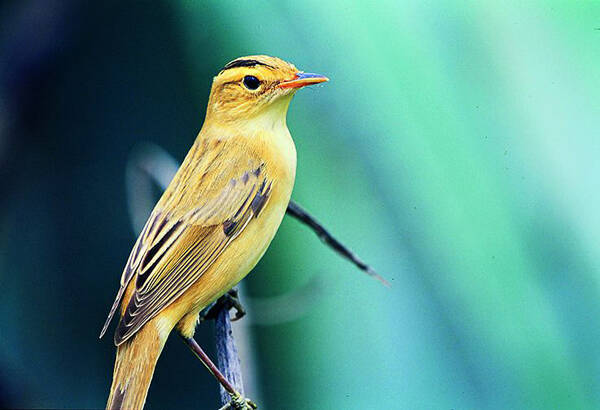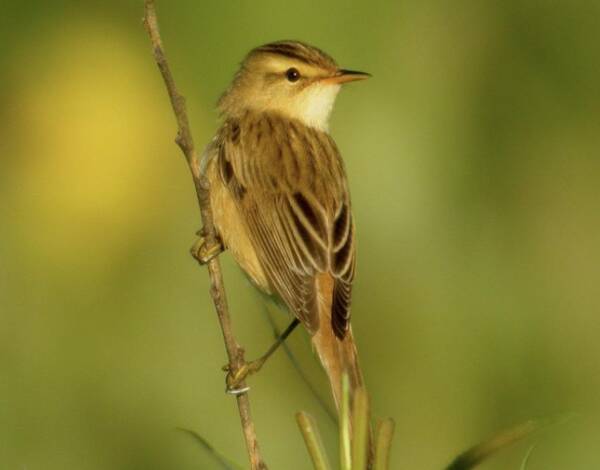Acrocephalus sorghophilus
IUCN
LCBasic Information
Scientific classification
- name:Acrocephalus sorghophilus
- Scientific Name:Acrocephalus sorghophilus,Spotted Reed Warbler
- Outline:Songbird
- Family:Passeriformes Ornithogalidae Reed Warbler
Vital signs
- length:120-134mm
- Weight:8-10g
- lifetime:
Feature
The crown and upper back have fuzzy vertical lines, the eyebrow lines are yellowish with wide black lines above.
Distribution and Habitat
In China, it is distributed in Northeast China, North China, Central China, Fujian, and Taiwan Island. Abroad, it is found in the Philippines.
The fine-striped reed warbler mainly inhabits reeds and grass near lakes, rivers, and other water bodies, as well as rice fields, ponds, and coastal reed marshes and grasslands. It breeds in low mountain areas below 800 meters above sea level.
Appearance
The upper body is yellowish brown, with fine black vertical stripes from the top of the head to the back of the neck, thick black vertical stripes on the upper back, thin black side crown stripes, and light eyebrow stripes. The flight feathers and wing coverts are dark brown with yellowish brown feather edges, forming a contrast. The lower body is light yellow, the throat and undertail coverts are white, the wings are long and the tail is short. The iris is dark brown, the upper beak is dark brown, the lower beak is fleshy yellow, and the feet are olive brown.
Details
The Fine-striped Reed Warbler is a summer and migratory bird in my country, and perhaps a winter migratory bird. It migrates to Hebei, Beijing and other places to breed in late May and early June every year, and begins to migrate south in late September and early October. It feeds on reed fields in summer, but is seen in millet fields during migration. It often hides among reeds by the river or lake, and sometimes flies to nearby trees. During the breeding season, it often sits high on the top of the reeds and branches near the nest, singing loudly. The singing is rich in rhythm and quite pleasant to the ear. It is very alert and often flies to a new place suddenly.

Mainly feed on insects and larvae of Coleoptera, Lepidoptera, Orthoptera, such as caterpillars and grasshoppers, and also eat other invertebrate foods such as locusts, beetles, spiders, etc. During the brooding period, the main food is mosquitoes, flies, and Lepidoptera larvae, which can eliminate a large number of pests.
The call is loud, harsh and incoherent; the throat sound is very heavy, mixed with sharp high calls and low croaks. The call includes a harsh tack and a churr.
Migrate to the breeding grounds in late May every year and stay for about 80-100 days. Each nest lays 5 eggs, and the incubation period is 13-14 days. Both male and female birds participate in the brooding, and the brooding period is 11-12 days.

The decline of the Striated Reed Warbler has been caused by habitat destruction in its wintering grounds. Conversion of wetlands for agriculture in northeast China may also have contributed to the decline of the species (2010). The impact of widespread use of pesticides to reduce mosquito and other invertebrate populations may be to remove these species while also significantly reducing the food chain supply for the Striated Reed Warbler. Trapping of birds for food and for sale as caged birds is often carried out in reed-covered areas and may severely affect this species, especially given the extremely limited number of suitable sites that may remain within the wintering range.
Listed in the IUCN Red List of Threatened Species (2022) ver 3.1: 2022 - Critically Endangered (CR).
Listed in China's National Key Protected Wildlife List (February 5, 2021) Level 2.








